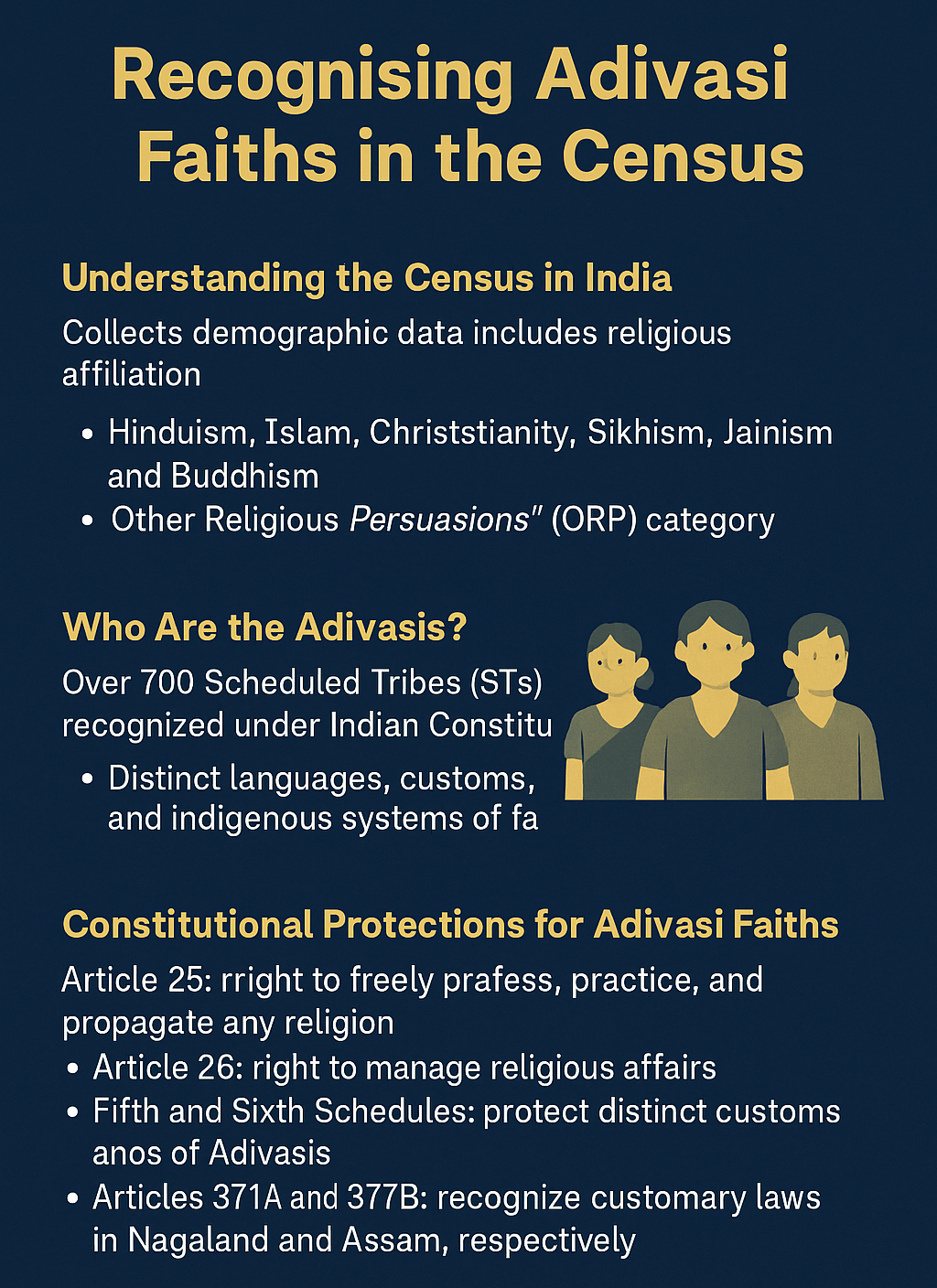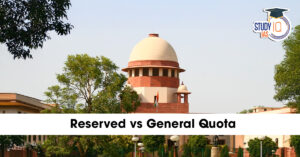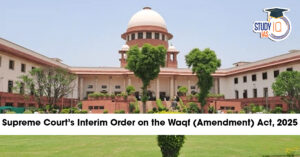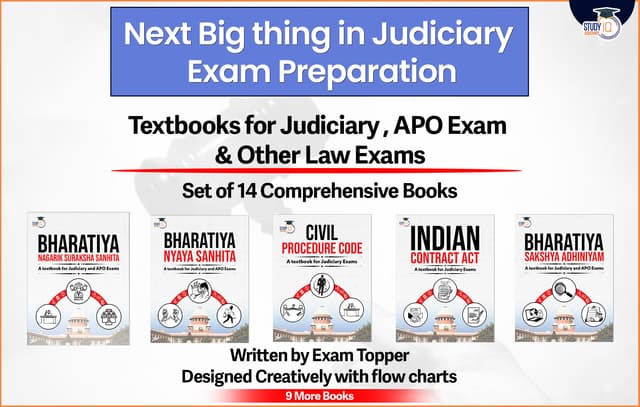Table of Contents
The Census of India, the greatest administrative endeavour for demographic data collection globally, serves not merely as a statistical exercise but as an instrument of recognition, representation, and rights. The ongoing omission of Adivasi/Scheduled Tribe (ST) faith from official Census classifications raises significant constitutional and social rights issues.
Mainstream discussions for Census 2027 focus on caste enumeration, but the persistent demand from ST communities for the recognition of their unique religious identities is overlooked. It emphasises the need to have a distinct column for Adivasi/ST faiths to preserve India’s democratic and diverse principles.

Understanding the Census in India
- The Census is constitutionally required under the Census Act of 1948 and is conducted every ten years.
- It gathers comprehensive demographic information, encompassing religion affiliation, literacy rates, employment figures, and housing statistics.
- The Census religion column currently acknowledges six principal religions– Hinduism, Islam, Christianity, Sikhism, Jainism, and Buddhism, alongside a residual category termed ‘Other Religious Persuasions’ (ORP).
- This structure inevitably marginalises the rich and various faith traditions of Adivasi groups, forcing them to either align with dominant religions or utilise the ambiguous ORP category.
- The ramifications are numerous: obliteration of cultural identity, erroneous statistics, and systematic invisibility.
Who Are the Adivasis?
- The word Adivasi, signifying “original inhabitants,” pertains to more than 700 Scheduled Tribes acknowledged under Article 342 of the Indian Constitution.
- These communities are characterised by unique languages, rituals, oral traditions, and indigenous belief systems focused on nature veneration, ancestor worship, and local deities.
- Notwithstanding their constitutional acknowledgement and socio-cultural uniqueness, Adivasis have encountered institutional marginalisation.
- The neglect to recognise their spiritual identities in official data collection methods, such as the Census, intensifies their marginalisation in the broader conversation over religious freedom and representation.
Constitutional Protections for Adivasi Faiths
- The Indian Constitution provides a comprehensive framework to safeguard the cultural and religious autonomy of Adivasi communities.
- Article 25: Ensures the freedom of conscience and the right to profess, practice, and propagate any religion.
- Article 26: Empowers religious denominations to govern their own matters.
- The Fifth and Sixth Schedules delineate the governance of tribal regions and safeguard Adivasi traditions, legal frameworks, and institutions.
- Articles 371A and 371B: Acknowledge customary laws and practices in Nagaland and Assam.
- Article 29: Safeguards the rights of minorities to preserve their distinct language, script, or culture.
- The omission of Adivasi religions from the Census contravenes these assurances, especially Article 25, by essentially depriving people of the right to have their religious identities formally recognised.
- Moreover, compelling Adivasis to choose from established religions or categorising them as ORP harms their cultural autonomy.
The ORP Column and Misidentification
- The 2011 Census data indicates a significant distortion.
- The overall Scheduled Tribe population was 10.43 crore, although only 0.66% of India’s total population (about 79 lakh) enrolled under the ORP.
- This suggests that most STs either incorrectly identified their faiths or were oblivious to the opportunity to register under ORP due to insufficient awareness or outreach efforts.
- In Jharkhand, where Sarna faith mobilisation is robust, 4.9 million people registered under the ORP.
- In Madhya Pradesh, more than 1 million Gonds have recognised their religious identity.
- These instances illustrate that when ST organisations proactively engage with communities, the application of ORP gains significance. Nonetheless, without a specific category, these data remain unclear.
Hinduisation, Political Co-optation, and Identity Erosion
- A pressing issue is the recent governmental endeavour to standardise Adivasi identity within a Hindu religious paradigm.
- The RSS and its associated organisations have utilised techniques such as ghar wapasi (reconversion), ritual assimilation, and the co-optation of traditional tribal leaders to represent Adivasis as “vanvasis” or forest-dwelling Hindus.
Illustrations encompass:
- Substituting tribal festivals with Hindu celebrations in Eklavya Model Residential Schools (EMRS).
- Establishing Hindu temples in indigenous regions.
- Collecting soil from sacred tribal forests for the construction of the Ram Temple in Ayodhya.
- CSR-financed RSS institutions advocating Hindu practices among indigenous youth.
- These practices contravene the notion of secularism and constitute cultural appropriation and enforced assimilation, resulting in identity erosion and erasure.
Census and Social Justice for Adivasis
- Within the context of social justice, precise representation in the Census is not just symbolic but also essential for policymaking, resource distribution, and legal acknowledgement.
- The lack of a specific religious classification:
- Undermines the constitutional aim of affirmative action.
- Conceals the socio-religious requirements of Adivasis in the formulation of planning and welfare initiatives.
- Disregards their indigenous traditions, which are frequently eco-centric and fundamentally distinct from organised faiths.
- The request for a distinct Census category labelled ‘Adivasi/ST Faiths’ constitutes a valid expression of resistance and a declaration of indigenous rights and cultural autonomy.
Global Perspective: Indigenous Rights and the International Arena
- The omission of Adivasi religions in the Census contravenes international human rights standards.
- India is a signatory to multiple accords that emphasise the rights of indigenous peoples.
- The United Nations Declaration on the Rights of Indigenous Peoples (UNDRIP) asserts the entitlement of indigenous populations to self-identification, spiritual practices, and acknowledgement of traditional institutions.
- The International Covenant on Civil and Political Rights (ICCPR) safeguards the cultural and religious rights of minorities (Article 27).
- ILO Convention 169 (not ratified by India) emphasises the necessity of safeguarding local practices, institutions, and spiritual values.
- India’s failure to adhere to these criteria regarding Census representation subjects it to scrutiny in international human rights forums.
Policy Recommendations and the Way Forward
- Introduce a Separate Column: A separate column labelled “Adivasi/ST Faiths” should be incorporated into the religious demographic part of the Census.
- Comprehensive Awareness Initiatives: Government and civil society must educate ST groups regarding the significance and procedure of precise self-identification.
- Safeguard Against Coercive Assimilation: Policies must shield Adivasi traditions from political and religious appropriation.
- Legislative Amendments: Revise the Census Regulations to integrate faiths beyond the six predominant religions in a more inclusive and detailed manner.
- Engage Tribal Representatives: The design and implementation of Census activities must incorporate Adivasi leaders and organisations.
- Recognising Adivasi religious identities in the Census transcends administrative convenience; it becomes a constitutional duty, a demand for social justice, and an obligation about human rights.
- The existing exclusion contravenes the fundamental principles of plurality, equality, and secularism enshrined in the Indian Constitution.
- As India readies for Census 2027, the government should capitalise on this opportunity to amend this historical oversight by incorporating a specific category for Adivasi/ST religions.
- Such actions will respect the cultural dignity of indigenous communities, enhance democratic engagement, and fulfil India’s international obligations.

 Reserved vs General Quota: Supreme Court...
Reserved vs General Quota: Supreme Court...
 Supreme Court’s Interim Order on the W...
Supreme Court’s Interim Order on the W...



















